Do you have a question about the Orion Observer 70 EQ and is the answer not in the manual?
Identifies the primary optical component of the telescope system.
Details the mount that couples the optical tube to the tripod.
Lists the tripod legs and the tray for holding accessories.
Identifies the eyepieces and the 90° mirror star diagonal.
Details the reflex sight used for aiming the telescope.
Identifies the counterweight and the shaft it attaches to.
Lists the cables used for fine adjustments of telescope movement.
Explains the role of the optical tube in gathering and focusing light.
Describes how the star diagonal reflects light to the eyepiece.
Explains how eyepieces determine the telescope's magnification.
Details the function of the EZ Finder II for aiming and locating objects.
Explains the equatorial mount's function for tracking celestial objects.
Describes the tripod legs and the accessory tray for equipment.
Describes the main objective lens and its protective glare/dew shield.
Explains the focuser drawtube and the wheels used for focusing.
Details thumbscrews for securing the star diagonal and eyepieces.
Describes setting circles for R.A./Dec. and lock knobs for axis movement.
Details the counterweight shaft and its securing lock knob.
Explains bolts and scale for adjusting the mount's latitude.
Details the azimuth lock knob and tripod leg attachment screws.
Lists the 10mm eyepiece and the protective dust cover.
Step-by-step instructions for connecting tripod legs to the equatorial mount.
Guidance on installing leg lock knobs and the accessory tray.
Procedure for setting the equatorial mount's latitude angle.
Instructions for attaching the counterweight and securing the optical tube.
Essential steps for balancing the telescope for smooth movement.
Advice for users who wear eyeglasses while observing.
How to connect the slow-motion control cables to the mount.
Steps for mounting the finder scope bracket and the star diagonal.
Guidance on focusing the telescope and operating the EZ Finder II.
Procedure for aligning the EZ Finder II with the telescope.
Instructions for replacing the battery in the EZ Finder II.
Explanation of why polar alignment is crucial for tracking.
Initial step of polar alignment: leveling the equatorial mount.
Steps for setting latitude and aligning the R.A. axis with Polaris.
Guidance on using slow-motion controls for tracking celestial objects.
Understanding setting circles and optional electronic drives.
Procedure to calibrate the Right Ascension setting circle.
How to use calibrated setting circles to locate celestial objects.
Tips and explanations for pointing the telescope in different directions.
Advice on selecting a location for the best stargazing experience.
Discusses how light pollution affects astronomical viewing.
Explains atmospheric seeing and transparency for clear views.
Guidance on selecting eyepieces to achieve desired magnification.
Information on the practical limits of telescope magnification.
Tips for viewing lunar craters, mountains, and phases.
Guidance on observing the Sun, including safety warnings.
Guidance on observing planets like Jupiter, Saturn, Venus, and Mars.
Tips for observing stars, star clusters, and deep-sky objects.
Recommendations for storing and caring for the telescope.
Proper methods for cleaning the telescope's optical lenses.
Identifies the primary optical component of the telescope system.
Details the mount that couples the optical tube to the tripod.
Lists the tripod legs and the tray for holding accessories.
Identifies the eyepieces and the 90° mirror star diagonal.
Details the reflex sight used for aiming the telescope.
Identifies the counterweight and the shaft it attaches to.
Lists the cables used for fine adjustments of telescope movement.
Explains the role of the optical tube in gathering and focusing light.
Describes how the star diagonal reflects light to the eyepiece.
Explains how eyepieces determine the telescope's magnification.
Details the function of the EZ Finder II for aiming and locating objects.
Explains the equatorial mount's function for tracking celestial objects.
Describes the tripod legs and the accessory tray for equipment.
Describes the main objective lens and its protective glare/dew shield.
Explains the focuser drawtube and the wheels used for focusing.
Details thumbscrews for securing the star diagonal and eyepieces.
Describes setting circles for R.A./Dec. and lock knobs for axis movement.
Details the counterweight shaft and its securing lock knob.
Explains bolts and scale for adjusting the mount's latitude.
Details the azimuth lock knob and tripod leg attachment screws.
Lists the 10mm eyepiece and the protective dust cover.
Step-by-step instructions for connecting tripod legs to the equatorial mount.
Guidance on installing leg lock knobs and the accessory tray.
Procedure for setting the equatorial mount's latitude angle.
Instructions for attaching the counterweight and securing the optical tube.
Essential steps for balancing the telescope for smooth movement.
Advice for users who wear eyeglasses while observing.
How to connect the slow-motion control cables to the mount.
Steps for mounting the finder scope bracket and the star diagonal.
Guidance on focusing the telescope and operating the EZ Finder II.
Procedure for aligning the EZ Finder II with the telescope.
Instructions for replacing the battery in the EZ Finder II.
Explanation of why polar alignment is crucial for tracking.
Initial step of polar alignment: leveling the equatorial mount.
Steps for setting latitude and aligning the R.A. axis with Polaris.
Guidance on using slow-motion controls for tracking celestial objects.
Understanding setting circles and optional electronic drives.
Procedure to calibrate the Right Ascension setting circle.
How to use calibrated setting circles to locate celestial objects.
Tips and explanations for pointing the telescope in different directions.
Advice on selecting a location for the best stargazing experience.
Discusses how light pollution affects astronomical viewing.
Explains atmospheric seeing and transparency for clear views.
Guidance on selecting eyepieces to achieve desired magnification.
Information on the practical limits of telescope magnification.
Tips for viewing lunar craters, mountains, and phases.
Guidance on observing the Sun, including safety warnings.
Guidance on observing planets like Jupiter, Saturn, Venus, and Mars.
Tips for observing stars, star clusters, and deep-sky objects.
Recommendations for storing and caring for the telescope.
Proper methods for cleaning the telescope's optical lenses.
| Aperture | 70 mm |
|---|---|
| Focal Length | 700 mm |
| Focal Ratio | f/10 |
| Mount Type | Equatorial |
| Optical Design | Refractor |
| Eyepieces Included | 25mm, 10mm |
| Tripod | Aluminum |
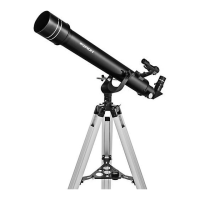
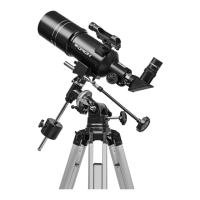
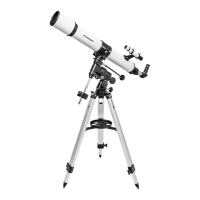
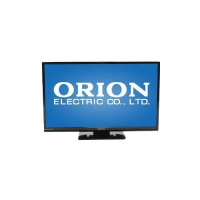


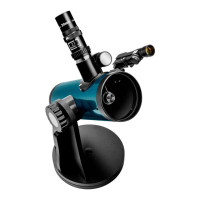
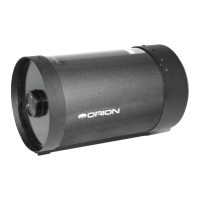

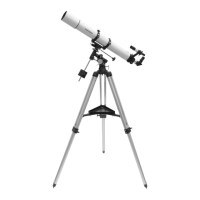
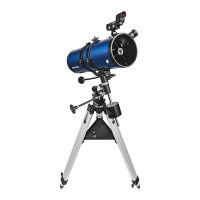
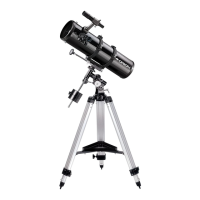
